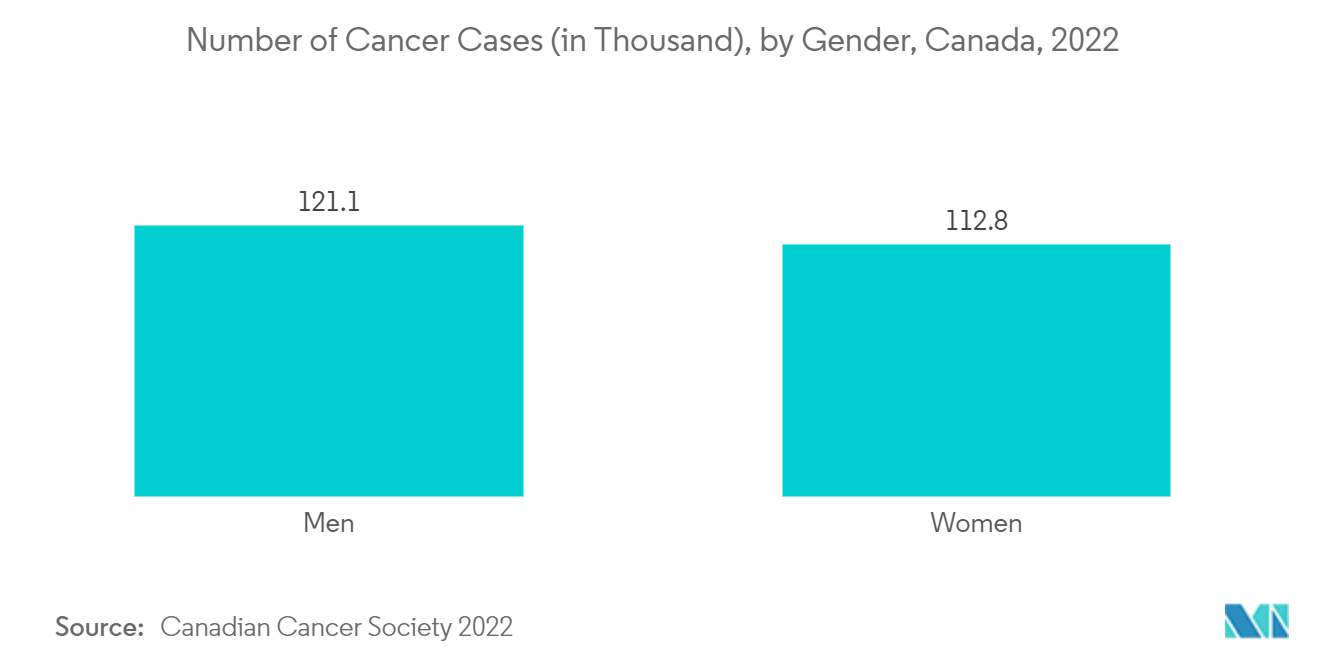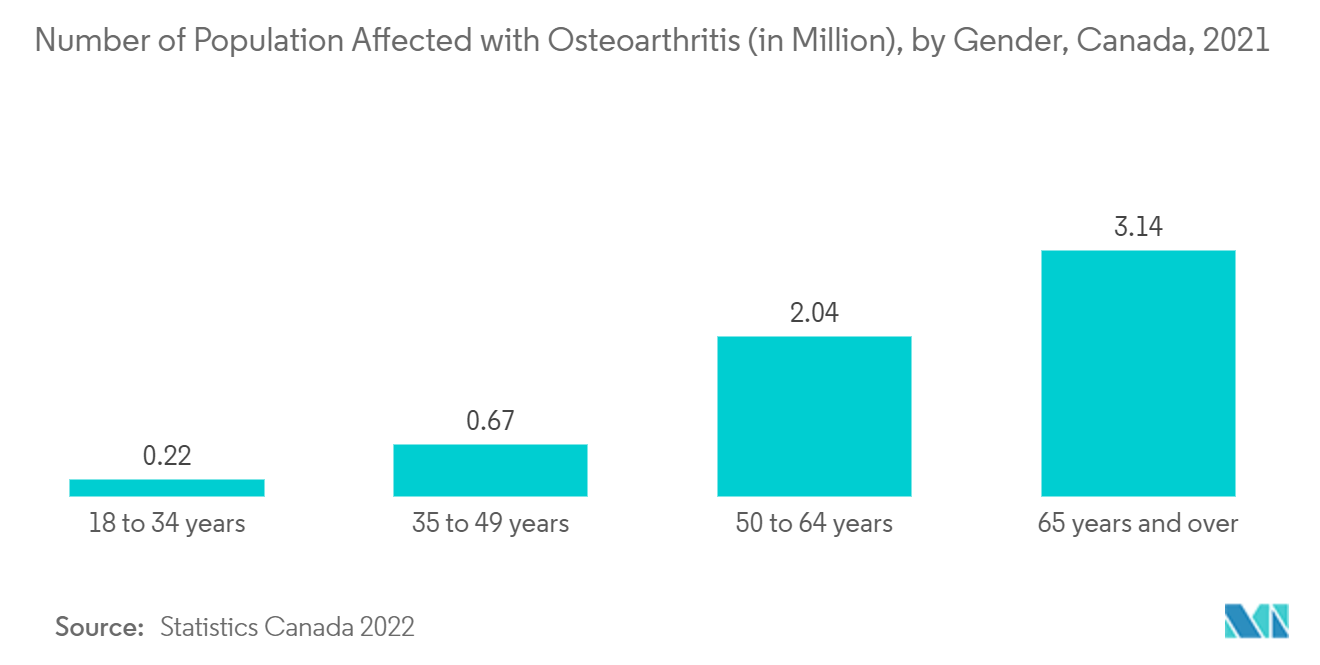Market Trends of Canada Magnetic Resonance Imaging (MRI) Industry
Low-Field Segment is Anticipated to Grow Over the Forecast Period
Low-field systems, defined as field strengths of 0.25-1T, might benefit from advancements in higher-field MRI, such as signal-to-noise ratio (SNR) reliance on the static magnetic field and its impact on achievable contrast, resolution, and acquisition times. The low-field MRI system may also be safer for patients with pacemakers or defibrillators, quieter, and easier to maintain and install. The low-field system segment is expected to witness significant market growth owing to the increase in benefits offered by low-field systems compared to other types and the presence of key players and their strategic product launches across Canada. Further, an increase in chronic diseases like heart disease is expected to fuel the demand for low-field systems MRI, thereby contributing to segment growth. For instance, according to the June 2022 update by CIHI, about 2.4 million Canadians had heart disease.
Low-field MRI machines are much more cost-effective than other MRI machines, significantly creating a demand for low-field MRI machines and contributing to segment growth over the forecast period. For instance, in an article published in September 2022 in Frontiers Journal, a portable, low-field MRI system is a cost-efficient option compared to high-field MRI, and low-field MRI costs 5% to 50% of a high-field MRI system.
Furthermore, the presence of key players and their strategic activities in Canada will likely drive segment growth over the forecast period. For instance, in February 2021, ReGen Scientific, a company that offers personalized, preventative, and regenerative health, became the first comprehensive health clinic in Canada to bring Synaptive Medical's Evry, a superconducting 0.5T head magnetic resonance imaging (MRI) system intended to provide MRI directly at the point-of-care, to their downtown Toronto location. Hence, increasing the installation of low-field MRI scanners in clinics nationwide is propelling the segment's growth. Similarly, in December 2021, Hyperfine Inc., creator of the first FDA-cleared portable magnetic resonance imaging (MRI) device, received the Health Canada licensing of Swoop and the commercial launch of the imaging system in Canada. The license of Swoop includes the recently FDA-cleared advanced reconstruction software using deep learning. With this license, the Swoop system is now available in Canada. Thus, introducing new systems in the country is expected to increase market growth.
Thus, owing to the high prevalence of cardiac diseases and the increased adoption of low-field MRI equipment, the studied segment is expected to grow significantly over the forecast period.

Musculoskeletal Segment is Expected to Witness a Significant Growth Over the Forecast Period
Magnetic resonance imaging (MR) utilizes a strong magnetic field and radio waves to create precise images of bones, soft tissues, and joints. The majority of the time, it is the greatest option for checking the body for degenerative diseases, tumors, and injuries. The musculoskeletal segment is expected to witness significant growth owing to the high prevalence of musculoskeletal diseases such as osteoarthritis, rheumatoid arthritis, psoriatic arthritis, gout, spondyloarthritis, etc., a rise in the geriatric population, an increase in accidents and injuries, rapid technological developments, and advantages offered by MRI equipment in diagnosing different types of musculoskeletal diseases.
The high prevalence of musculoskeletal diseases is expected to drive market growth since the MRI offers proper identification and depicts the progression of the disease. For instance, according to the Arthritis Canada 2021 report, the prevalence of arthritis is expected to rise to 9 million by 2040. Due to the increase in cases of arthritis in Canada, the demand for MRI equipment is expected to increase in the country, which may drive the growth of the studied segment in the market.
Additionally, the presence of some of the key market leaders in the country's new product launches and the increase in installation funding for MRI are also expected to positively impact the musculoskeletal segment in the country over the years. For instance, in December 2022, Owen Sound and Collingwood received MRI operating funding. Also, Owen Sound installed its second MRI machine functioning by the fall of 2023. Kincardine's first MRI is expected to be incorporated into a hospital expansion, which will be completed by 2025. Additionally, an increase in healthcare expenditures is one of the key elements driving the segment's growth because it involves diagnostic services for individuals with musculoskeletal disorders, further propelling market expansion.
Thus, owing to the high prevalence of musculoskeletal diseases and the rise in the adoption of MRI in musculoskeletal disease detection coupled with various strategic activities by the key players, the studied segment is expected to witness significant growth over the forecast period.

